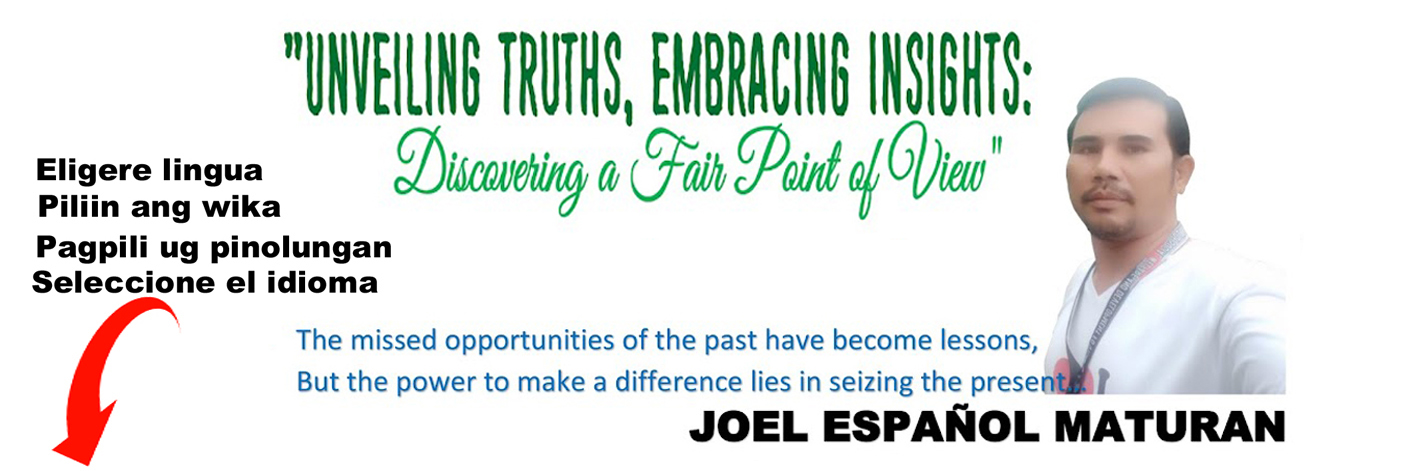As a concerned barangay official and citizen deeply invested in regional cooperation and grassroots development, I have reflected carefully on whether Ferdinand R. Marcos Jr. (PBBM) is deserving and capable of leading the Association of Southeast Asian Nations (ASEAN) when the Philippines assumes the chairmanship in 2026. On the positive side, President Marcos has taken concrete institutional steps that demonstrate readiness: for instance, by issuing Administrative Order 17 on 22 March 2024 to constitute the “ASEAN National Organizing Council (NOC)” tasked with planning, implementation and monitoring of programs for the Philippines’ hosting of ASEAN 2026. Judiciary E-Library+3Lawphil+3Philippine News Agency+3 He has publicly stated that the Philippines is prepared to lead with “practical, inclusive, and measurable initiatives” when the country chairs the bloc. PCO Mirror In his intervention at the 47th ASEAN Summit, he reiterated the Philippines’ commitment to the ASEAN Vision 2045—to build a resilient, inclusive, and dynamic regional community. GMA Network+2PCO Mirror+2 These are favorable signals: they show that the country under his leadership is not merely seeking to host the summit as a prestige event, but at least rhetorically aiming for substantive engagement.
However, capacity and deservingness in this context involve deeper, more complex criteria. Leading ASEAN is not simply about hosting logistics; it requires diplomatic skill, consensus-building across very diverse nations, patience in navigating regional disputes, and domestic credibility. One challenge is that while the Philippines has signalled readiness, the scale of the issues at stake is high—maritime disputes, digital economy transformation, climate resilience, and differing economic capacities among member states. For example, Marcos has highlighted that “with the ASEAN Digital Economy Framework Agreement (DEFA) poised to boost our region’s digital economy to USD 2 trillion by 2030 … it is critical that we invest in robust cybersecurity protections, equip our people with digital skills, and build the digital infrastructure necessary to secure ASEAN’s path to becoming the fourth largest economy in the world.” Philippine News Agency At the same time, there remain questions about whether domestic governance issues or capacity shortfalls might undermine the Philippines’ ability to lead credibly and deliver effectively—not just as host but as agenda-setter and implementer.
From the vantage of Barangay Hibulangan, the question also becomes: what does ASEAN leadership mean for us? If national leadership under the barangay-level programs (such as our Solid Waste Management Program, Green Thumb Initiative, Heritage Hub empowerment scheme) is aligned with regional priorities (digital inclusion, MSME support, sustainable development), then the chairmanship presents opportunity. But if the national focus becomes heavily consumed by hosting and optics, local communities might miss out on real spill-over benefits. In my view, Marcos is deserving of the opportunity, provided that he shifts beyond announcements into concrete delivery—and capable, under the condition that domestic and regional collaboration is strengthened and transparent.
My key recommendation is: as citizens and local leaders we should engage proactively—not sit back and wait. We should demand transparency from national leadership (in its ASEAN preparations) and align our barangay programs to the themes the Philippines is emphasizing in ASEAN (e.g., MSME development, digital skills, sustainability). We should push for measurable benefits trickling down to barangays. In short, PBBM has potential and momentum; the real test will be in the coming years whether that potential is realised and whether our community sees the benefits.







